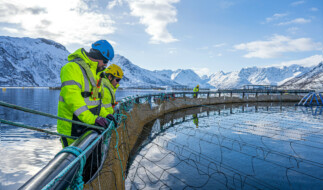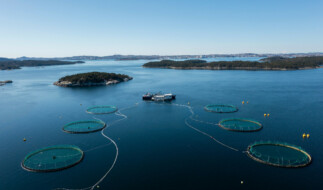Farmed and Wild Seafood: Both are needed for our health and future food security
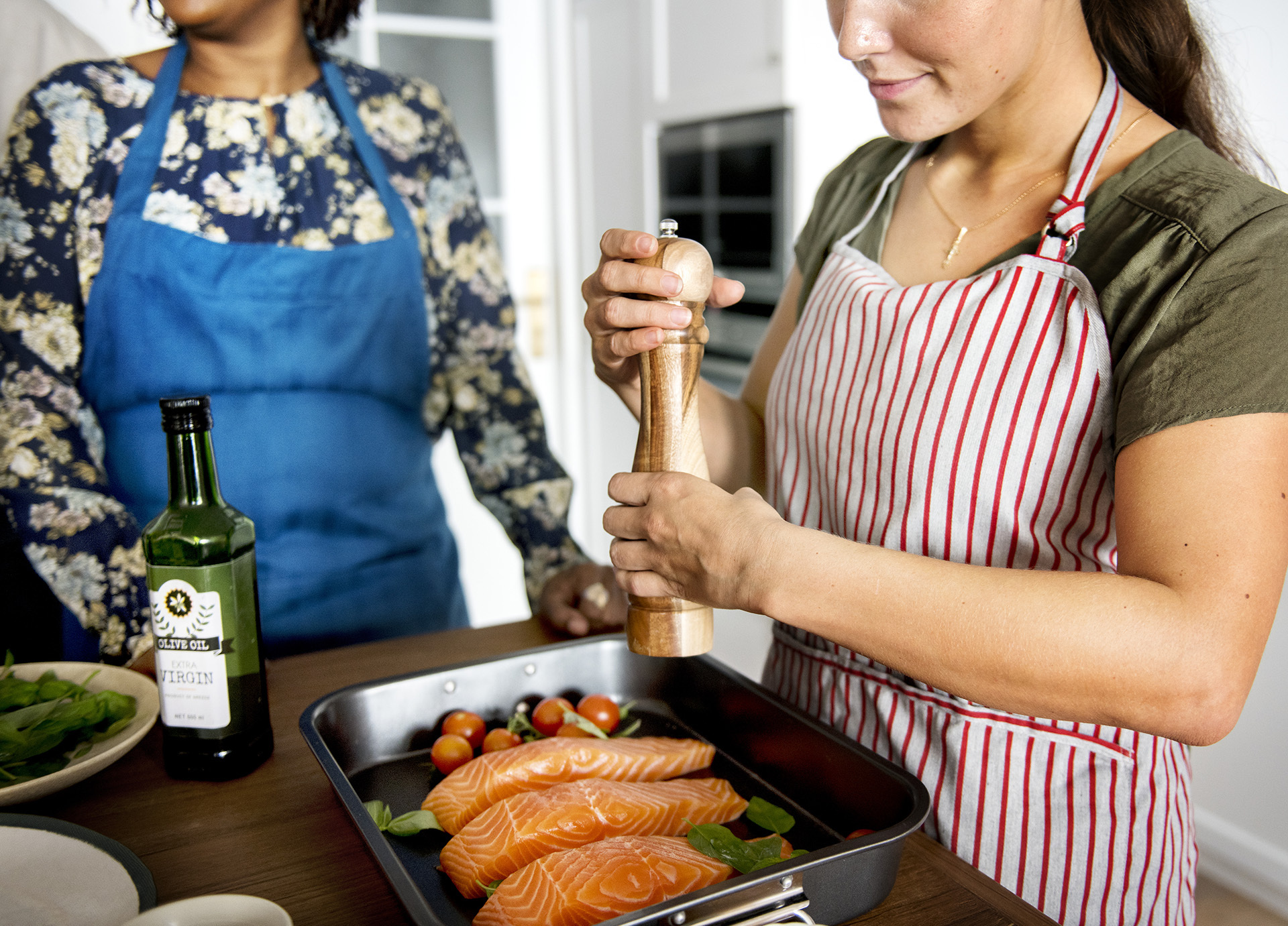
Guest author: Linda Lai Cornish, President of the Seafood Nutrition Partnership
As consumers, most of us struggle to figure out what’s considered “good” to eat these days. There’s a glut of nutrition information circulating online, and even experts have differing viewpoints. Are milk alternatives healthier than dairy milk? Should we avoid the sugar in fruit juice? And what about seafood – should I choose wild-caught or farmed seafood?
I get this last question quite a bit. You might have asked this question as well because you want to support the health of your family, but you also know that each food choice matters for the health of the planet.
When it comes to the nutritional benefits of seafood, the science is clear. Eating seafood, which includes fish and shellfish, is good for our brain health, heart health, and overall wellness. A recent comprehensive systematic review showed that eating seafood while pregnant was associated with neurocognitive benefits, including verbal, visual and motor skill development, as well as scholastic achievement. It found that pregnant women who eat more seafood have babies with higher IQs by around 7.7 IQ points. The brain benefits from eating seafood extend to our mood as well. People who eat seafood experience at least 20% less depression and anxiety than their peers. And fish is well-known for its heart healthy benefits. In fact, the American Heart Association wants everyone to, “Keep saying yes to fish twice a week for heart health.”
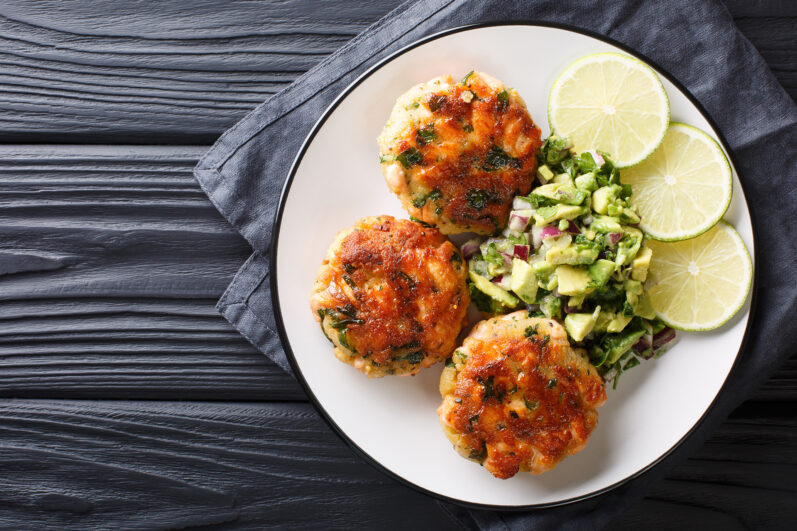
Farmed salmon has a similar nutrient profile to that of wild salmon.
When it comes to seafood sourcing, it helps to remember that almost all the foods we eat today are farmed. Most consumers certainly wouldn’t think to ask for wild chicken, wild beef, or wild broccoli. Seafood is the last major food category that is harvested from the wild and commercially available for the general public. Currently, about half of the seafood supply globally is wild and half is farmed. And just as we do with farms on land, we must ensure that seafood meets our future food security needs through sustainable fisheries management and responsible fish production, or aquaculture, practices.
I choose to eat both wild and farmed seafood because it is delicious and healthy, and the variety of seafood keeps mealtimes interesting and flavorful. If you are curious about why you should too, here are some questions to consider.
Is farmed seafood as good for you as wild seafood?
Farmed salmon has a similar nutrient profile to that of wild salmon per the FoodData Central database managed by the U.S. Department of Agriculture, which analyzes the major foods available to the American public. This database shows that farmed salmon is nutritionally comparable to wild salmon. Additionally, farmed salmon have specialized diets that are monitored to ensure there’s next to no exposure to Polychlorinated Biphenyls (PCBs).
As with wild salmon, farmed salmon is an excellent source of protein – including all 9 essential amino acids – and several essential vitamins and minerals. The average 3.5 oz. portion of farmed salmon is a good source of potassium and contains at least 20% of the recommended daily intake of vitamins B3, B5, B6, B12, vitamin D, vitamin E and selenium. That’s a lot of check marks on your nutrient list.
And, as you likely know, salmon is also an excellent source of healthy fats, especially the much sought after omega-3 fatty acids EPA + DHA. The Dietary Guidelines Advisory Committee has found that "For commonly consumed fish species in the United States, such as bass, cod, trout, and salmon, farmed-raised seafood has as much or more of the omega-3 fatty acids EPA and DHA as the same species captured in the wild."
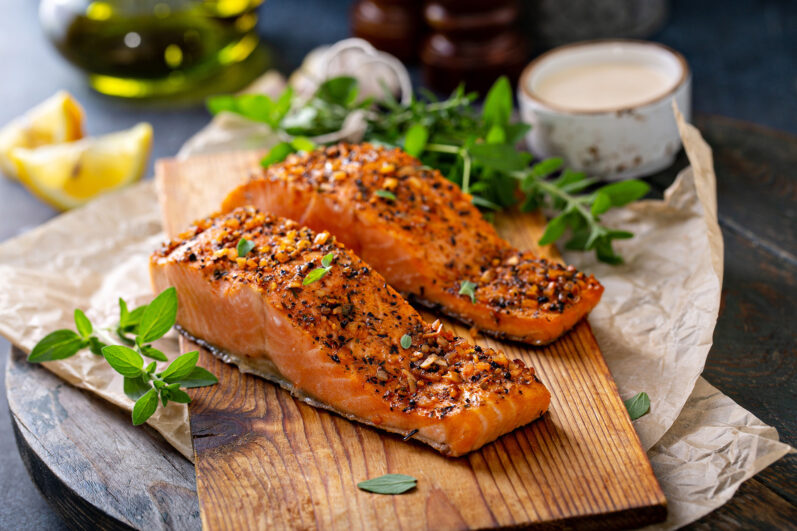
Salmon is an excellent source of healthy fats, especially omega-3 fatty acids EPA + DHA.
What is the latest information on mercury and seafood?
Per the FDA, 90% of the seafood available commercially in the US is low in mercury. In fact, the FDA seafood advisory is meant for those pregnant or breastfeeding, and the latest science concludes that "The guidance for pregnancy should highlight ‘Eat at least two portions of fish a week, one of which should be oily’ – and omit all warnings that certain fish should not be eaten.”
Is there a strong case for supporting farmed seafood?
With the world’s population expected to reach nearly 10 billion people by 2050, our oceans will be vital for our future food security. For the reasons outlined above, demand for seafood will only continue to grow, so restoring and maintaining wild stocks is important, as is finding ways to increase our seafood supply sustainably. That’s where aquaculture, or farming of seafood, comes in. It allows for a year-round supply of fish like farmed salmon while protecting wild fisheries. It’s not a case of either/or – we need both.
There are sustainable ways to farm in the ocean, just as there are on land. Collaborative organizations like Global Salmon Initiative have united resources and expertise to identify and implement improved farming practices in order to reduce the industry’s environmental footprint and deliver a more sustainable product.
What can you do to shop for seafood that is sustainably raised?
Don’t hesitate to ask the staff at the seafood counter about where their seafood is sourced. For farmed seafood, you can look for industry certifications such as the ASC green check logo, or the BAP blue stamp, and feel confident you’re choosing fish that’s safe, healthy and raised responsibly. And turn to credible sources like the Seafood Nutrition Partnership for health facts and resources.
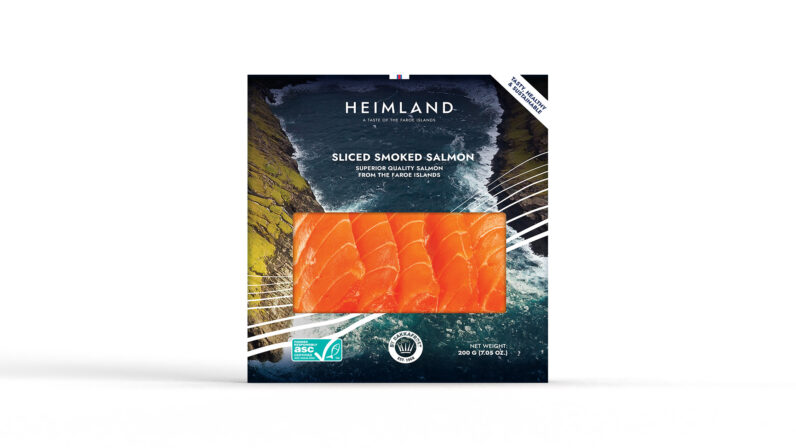
Look for industry certifications such as the ASC green check logo on farmed seafood products, like salmon.
Here’s the bottom line: seafood – wild or farmed – provides vital nutrition for people of all ages. Keep both on your list, with the goal of eating it at least two times per week (about 8 ounces). You deserve to enjoy the delicious taste and the healthy benefits of seafood.
